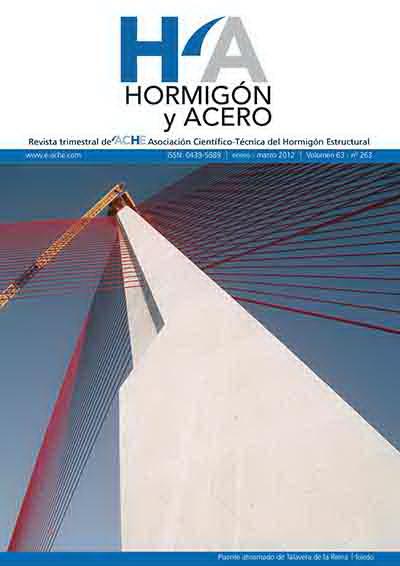Pandeo simultáneo de pilas de puente: aplicación a un cálculo sísmico tipo push-over de las pilas del puente atirantado de Bucaramanga en Colombia
Resumen
La relevancia de este trabajo es triple: 1o. Se presenta con detalle el algoritmo implementado para probar la estabilidad de pilas de puente de forma global, es decir, integradas en la estructura más general del puente. 2o. El método planteado constituye una alternativa más general al método habitual de leyes momento-curvatura. 3o. Se describe su aplicación al puente atirantado de Bucaramanga de 292 m de luz y pilas de 50 y 70 m de altura (altura total de la torre mayor de 133 m). Su aplicación, considerando confinamiento en determinadas secciones de pilas permite tener en cuenta la generación de rótulas plásticas y demostrar el grado de ductilidad alcanzado en la estructura, constituyendo una aplicación practica del método de calculo sísmico por capacidad o push-over a pilas de puente.

